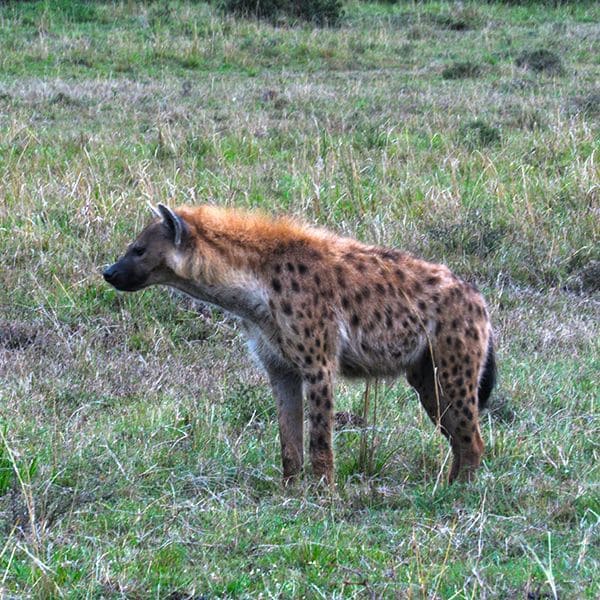Tsavo East National Park, World War 1 battle and archaeological sites, not to mention scenic water falls are just but a few charming attractions in this large game park. Another obvious feature is the Yatta Plateau, the greatest lava flow in the globe as well as the earliest to become fossilized. Its exclusivity is alluring owing largely to the fact that it’s the lesser visited park of the two Tsavo Parks, the other being Tsavo West. An overland trip to the park is relatively easy to undertake from anywhere in the country which is a good opportunity for travelers to make an expeditious game-viewing excursion. Passionate adventurers who resolve to explore this remarkable terrain will experience the intriguing habitat which mainly constitutes an open eco-system of thick scrubland, savanna bush, grasslands, woodlands and volcanic lava fields.
At Tsavo east national park, you will often spot large herds of unruly elephants vagabonding the open plains with red soil covering their black tough skins. More herds are present here than the park’s counterpart, thus assuring better viewing of these majestic beasts. An especially rare antelope can also be found here called the hirola, or Hunter’s hartebeest. This antelope is one of the world’s rarest antelopes, if not the rarest in fact. In a regular game drive inside the park you will also come across the lesser kudu, Peter’s gazelle, buffalo, bushbuck, cheetah, lion, leopard, Grevy’s zebra, eland, caracal, and among others.
A remarkably threatened bird species in the park is the Basra-Reed warbler and Lesser Kestrel whose numbers are worrying globally. A variety of birds also call this picturesque destination home.
A rather astonishing occurrence is the succumbing of the Aruba Dam to heat consequently leading to it drying up entirely. Even as much as this may be, the redemption of the area is the lush vegetation on the edge of its permanent as well as seasonal rivers. Lugard Falls, a fantabulous expanse of cascading water cataracts is formed on one boulder-strewn constituent from the Athi River. It merges with the Tsavo at Crocodile Point, where the gushing waters of the falls drop to become the Galana River. It’s a great spot to find drinking hippos along with crocs and all other sorts of animals.
In as much as you would probably make a trip here to make a sighting of the big five, looking out for the hirola which I had aforementioned is worth the visit too. They have a conspicuous ring-shaped horn and a brownish coat with a slightly paler underbelly, a tiny white strip over the bridge of the nose is also a give-away to see it.





